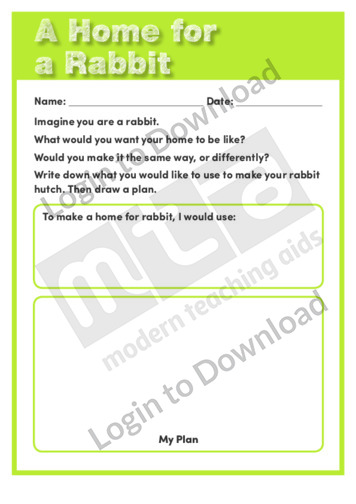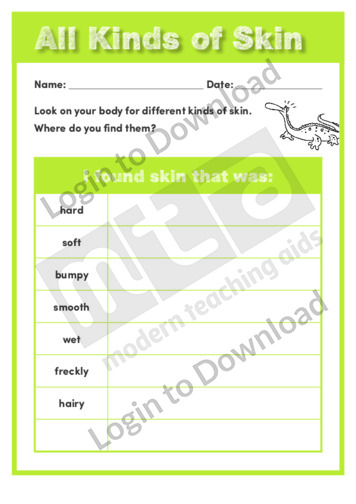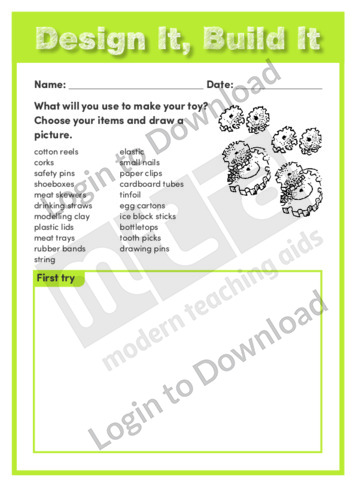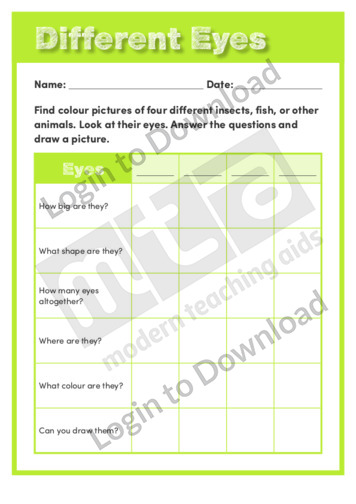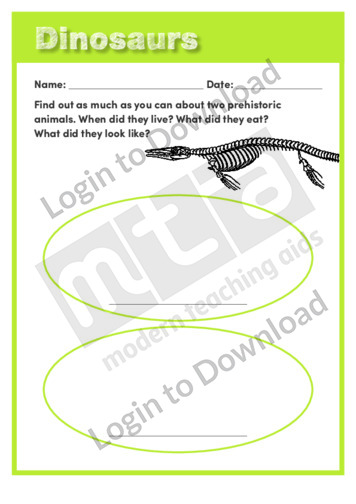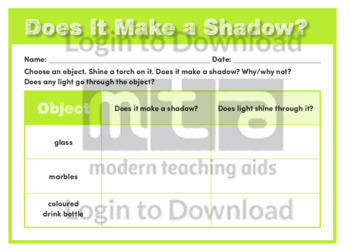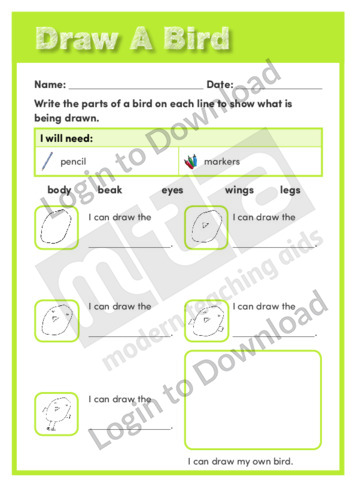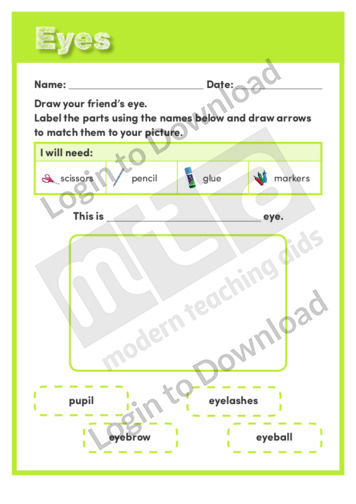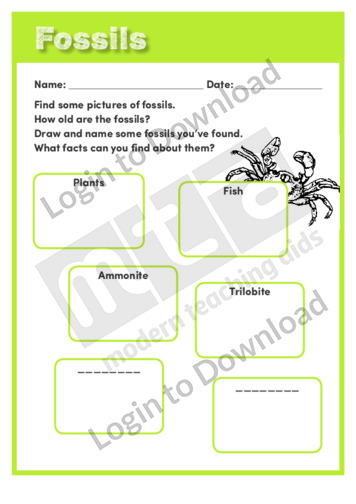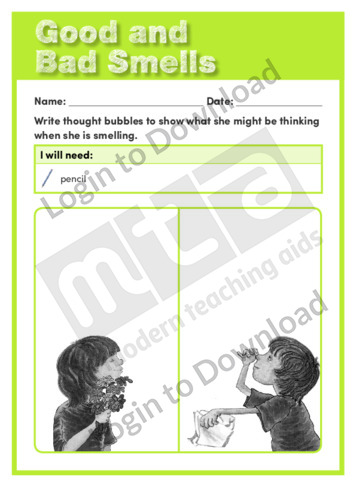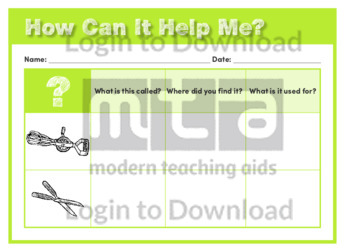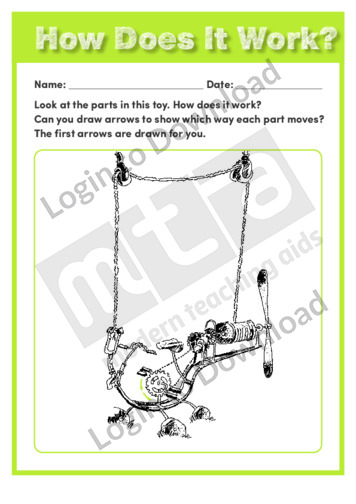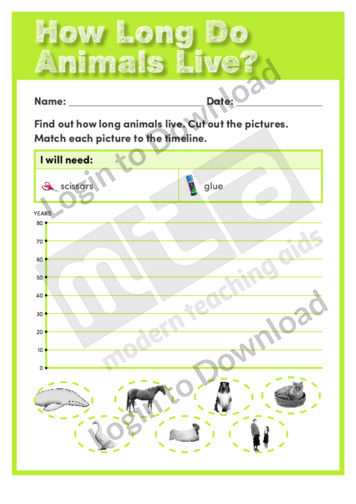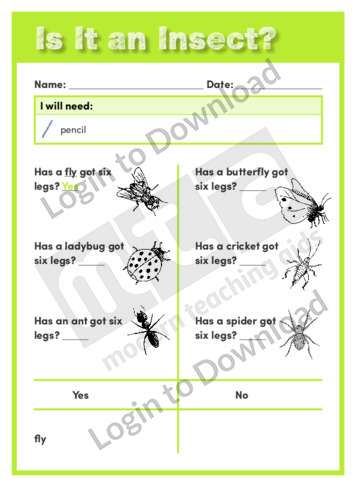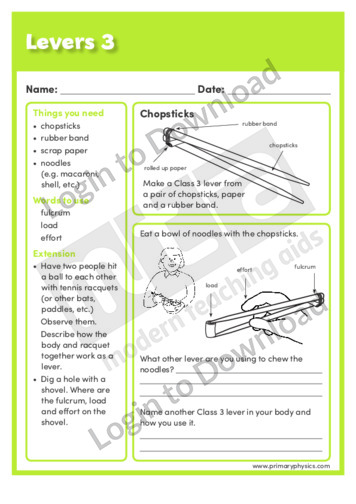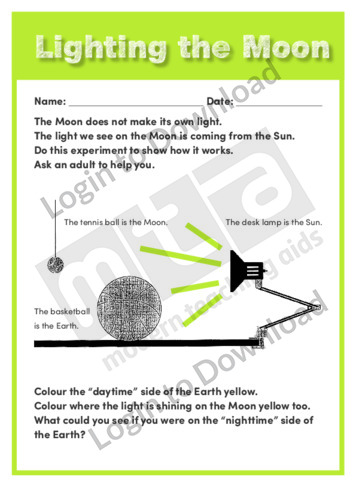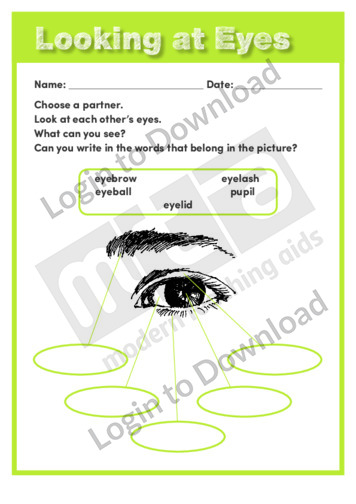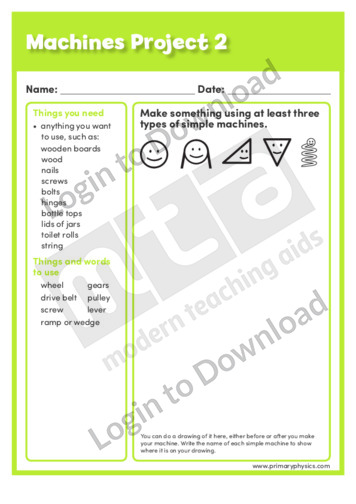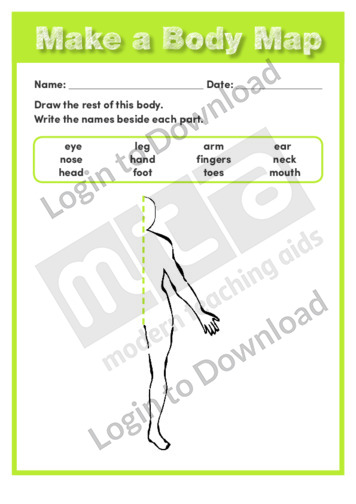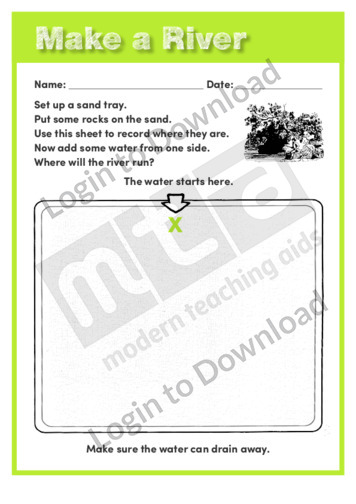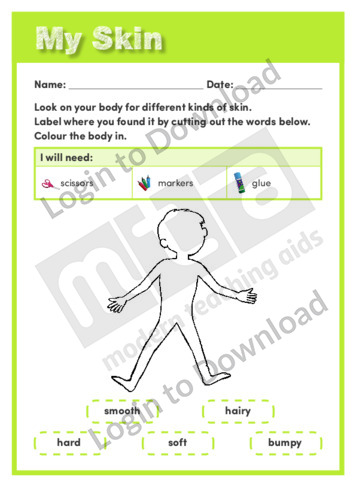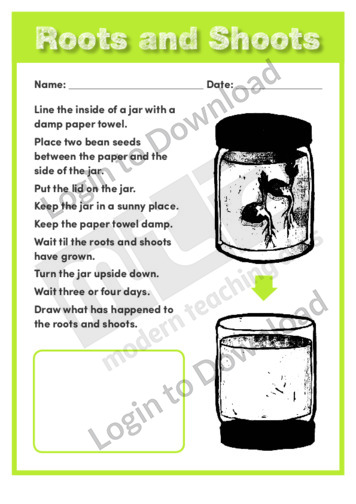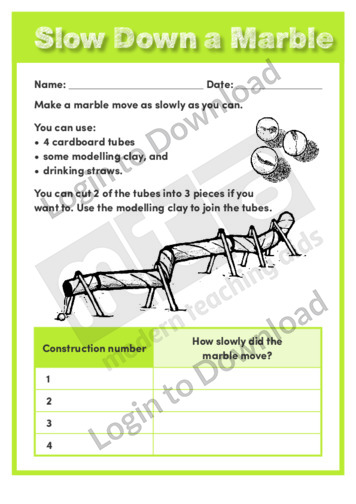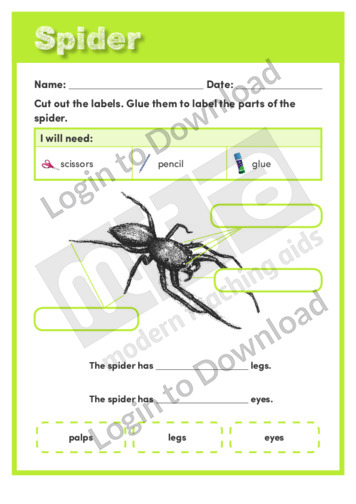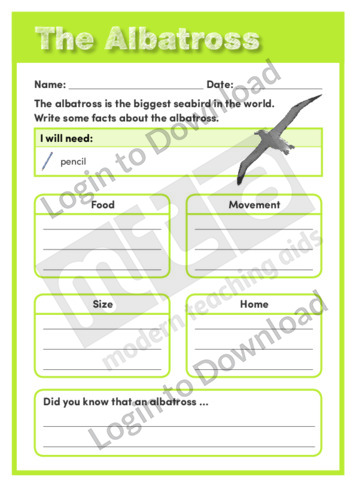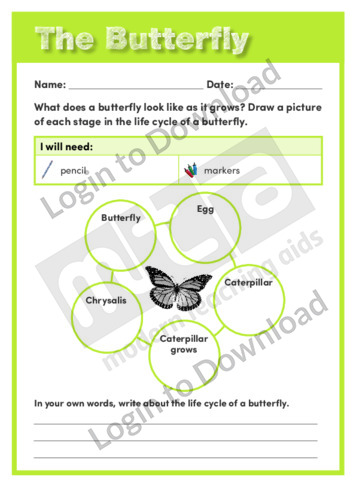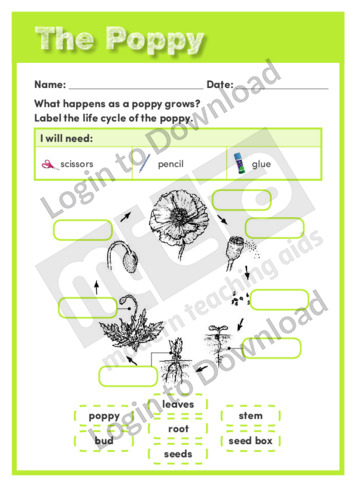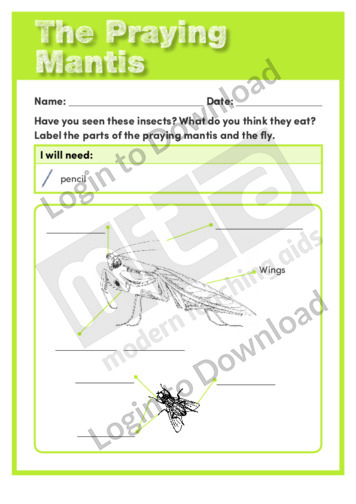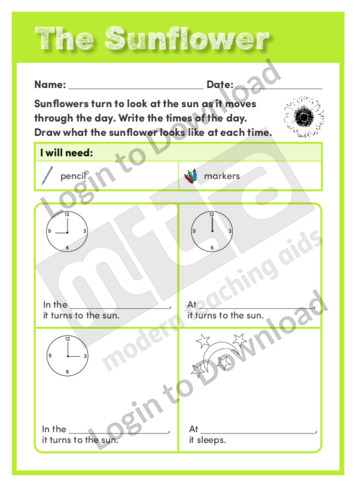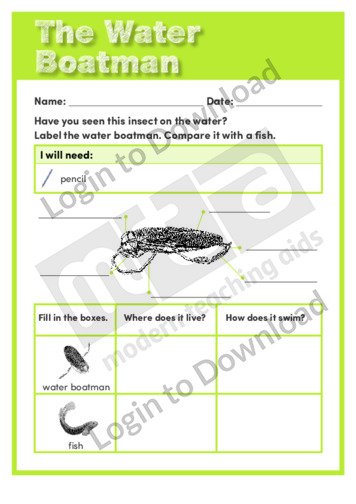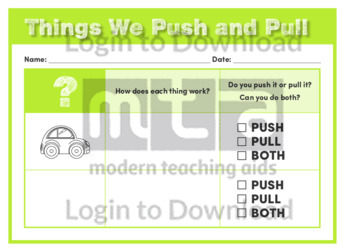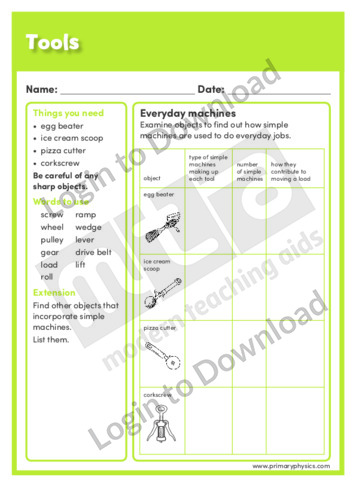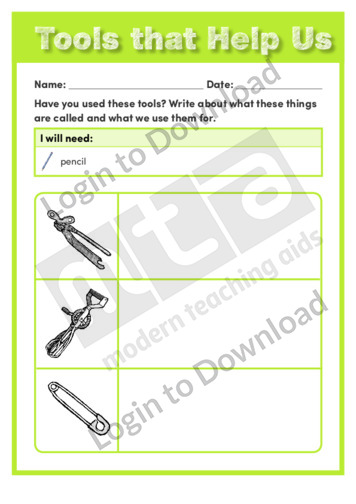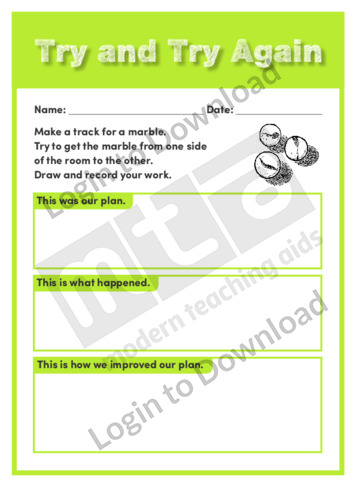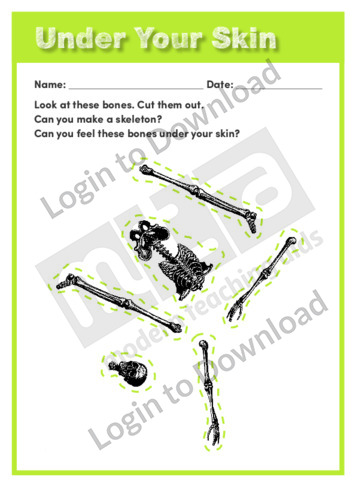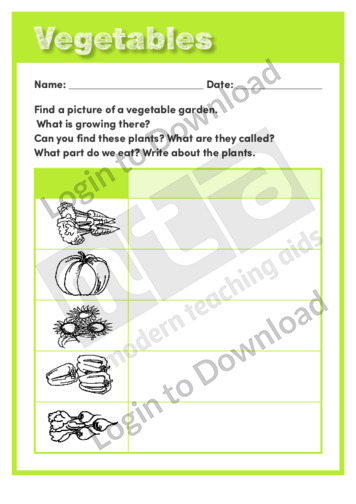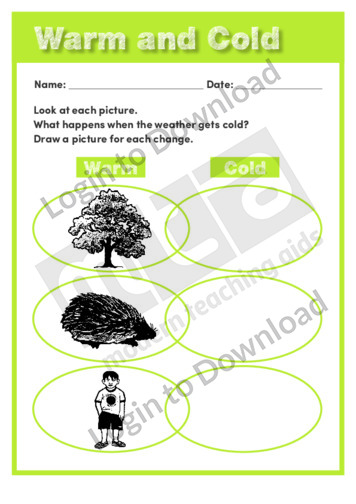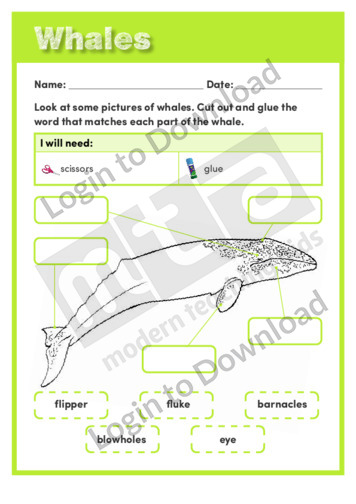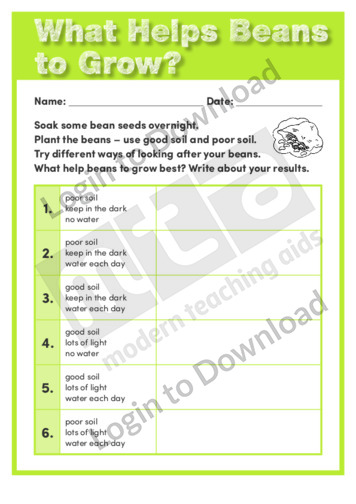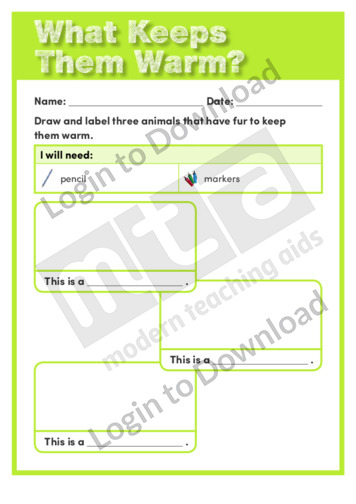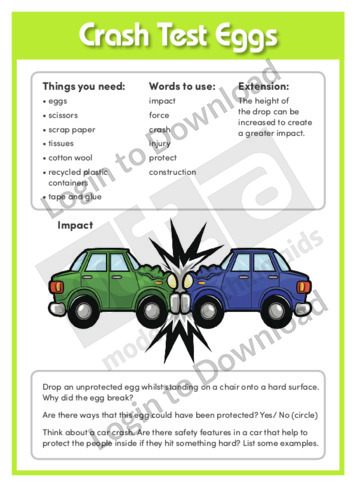This life science worksheet, ‘A Home for a Rabbit’ asks students to imagine and plan a different kind of home for a rabbit. It supports an understanding of animals and habitats.
This life science worksheet, ‘All Kinds of Skin’ asks students to identify different kinds of skin on their own bodies. It supports an understanding of the human body.
This physical science worksheet, ‘Design It, Build It’ asks students to select some everyday objects then design, build and trial a toy.
This life science worksheet, ‘Different Eyes’ asks students to observe and compare the eyes of different animals. It supports an understanding of animals.
This Earth Science worksheet, ‘Dinosaurs’ asks students to research two dinosaurs and write what they learn about them. It supports an understanding of animals from the past.
This physical science worksheet, ‘Does It Make a Shadow?’ provides opportunities for students to explore the properties of different objects.
This life science worksheet, ‘Draw a Bird’ supports students to draw the parts of a bird. It supports an understanding of animals.
This life science worksheet, ‘Eyes’ supports students to observe, identify and record the parts of the eye. It supports an understanding of the human body.
This Earth Science worksheet, ‘Fossils’ asks students research and describe some fossils. It supports an understanding of animals and geological changes.
This life science worksheet, ‘Good and Bad Smells’ supports students to write about the thoughts they associate with different smells. It supports an understanding of the senses.
This physical science worksheet, ‘How Can It Help Me?’ asks students to consider and record how a variety of everyday tools are used.
This physical science worksheet, ‘How Does It Work?’ supports students to consider the movement that occurs within a simple machine.
This life science worksheet, ‘How Long Do Animals Live?’ supports students to research and record on a timeline the number of years a variety of animals live. It supports an understanding of animals.
This life science worksheet, ‘Is It an Insect?’ supports students to identify parts of animals to decide if they are insects or not. It supports an understanding of animals.
This hands-on activity, ‘Levers 1’ asks students to investigate the concept of a lever and how the movement of a load is impacted by the efforts location to the fulcrum.
This hands-on activity, ‘Levers 3’ asks students to make chopsticks and investigate the types of levers involved when students use them to eat.
This Earth Science worksheet, ‘Lighting the Moon’ asks students carry out an experiment to understand the way we see light in the solar system.
This life science worksheet, ‘Looking at Eyes’ asks students to observe a partner’s eyes to identify parts of the eye. It supports an understanding of the human body.
This hands-on activity, ‘Machines Project 1’ asks students to pull apart an old machine and examine how many simple machines and levers they are made up of.
This hands-on activity, ‘Machines Project 2’ asks students to make something using at least three different types of simple machines.
This life science worksheet, ‘Make a Body Map’ asks students to identify and label parts of the body.
This Earth Science worksheet, ‘Make a River’ provides students with an experiment that demonstrates water movement. It supports an understanding of geological changes.
This physical science worksheet, ‘My Skin’ supports students to notice and record the different textures of their own skin. It supports an understanding of animals and the human body.
This hands-on activity, ‘Ramps’ asks students to build a ramp and investigate how its height impacts upon the rolling distance of an object.
This life science worksheet, ‘Roots and Shoots’ provides students with an experiment to observe the way seeds grow. It supports an understanding of plants.
This hands-on activity, ‘Screws 1’ asks students to investigate how a screw is really a ‘rolled up’ ramp.
This life science worksheet, ‘Seeds and Water’ provides students with an experiment to determine how much water seeds need. It supports an understanding of plants.
This physical science worksheet, ‘Slow Down a Marble’ provides opportunities for students to experiment with different ways of slowing down the movement of a marble.
This life science worksheet, ‘Spider’ asks students to label the parts of a spider and record how many legs and eyes it has. It supports an understanding of animals.
This life science worksheet, ‘The Albatross’ supports students to write facts about these huge birds. It supports an understanding of animals.
This life science worksheet, ‘The Butterfly’ supports students to explore the life cycle of a butterfly. It supports an understanding of life cycles.
This life science worksheet, ‘The Poppy’ asks students to identify and label a flower’s life cycle. It supports an understanding of life cycles.
This life science worksheet, ‘The Praying Mantis’ asks students to label parts of an insect. It supports an understanding of animals.
This life science worksheet, ‘The Sunflower’ supports students to identify the changes in a flower over a day. Students record times and drawings of the sunflower. It supports an understanding of plants.
This life science worksheet, ‘The Water Boatman’ asks students to label the parts of the insect then compare its habitat with a mudfish. It supports an understanding of animals.
This physical science worksheet, ‘Things We Push and Pull’ asks students to determine the forces used to make a variety of objects move.
This hands-on activity, ‘Tools’ asks students to examine objects to find out how simple machines are used to do everyday jobs.
This physical science worksheet, ‘Tools that Help Us’ asks students to identify and write about everyday objects. It supports an understanding of simple machines.
This physical science worksheet, ‘Try and Try Again’ supports students to plan, trial and improve a way of moving a marble across the room.
This life science worksheet, ‘Under Your Skin’ asks students to cut out pictures of bones and assemble them to make a skeleton. It supports an understanding of the human body.
This life science worksheet, ‘Vegetables’ asks students to identify edible plants and where they grow. It supports an understanding of plants.
This life science worksheet, ‘Warm and Cold’ supports students to think about and draw the changes that take place when it is cold. It supports an understanding of how animals and plants change with the seasons.
This life science worksheet, ‘Whales’ supports students to identify and label the parts of a whale. It supports an understanding of animals.
This physical science worksheet, ‘What Can You Do With Snips?’ asks students to consider and record the ways they can use a simple tool in a variety of settings.
This life science worksheet, ‘What Do They Need?’ asks students to identify the needs of a range of pets. It supports an understanding of animals.
This life science worksheet, ‘What Helps Beans to Grow?’ provides students with an experiment to observe the conditions needed for bean seeds to grow. It supports an understanding of plants.
This life science worksheet, ‘What Keeps Them Warm?’ asks students to compare and draw the ways animals keep warm. It supports an understanding of animals.
This worksheet, ‘Crash Test Eggs’ is a fabulous experiment based learning activity. Students are required to design a construction that successfully protects a raw egg at the point of impact with the ground. It provides a great link to how cars are designed to give the driver and passengers the most protection on impact and …More
It�s that easy!

